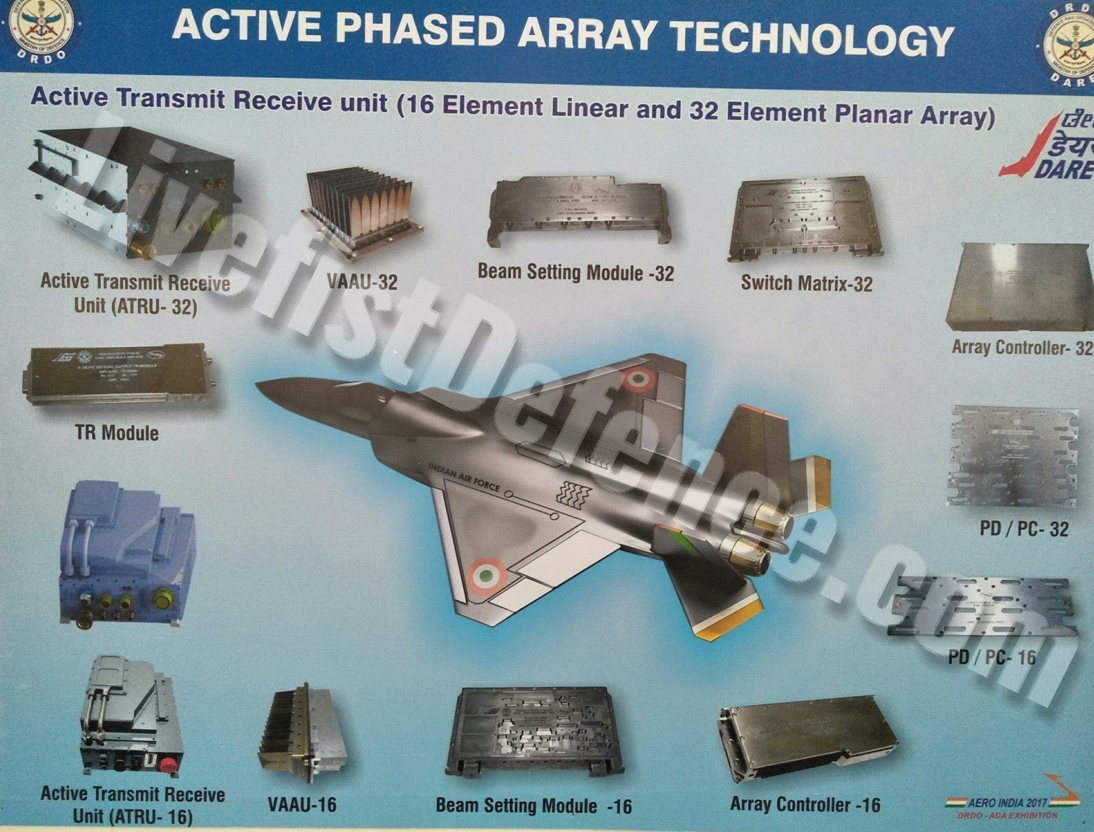
Take a moment to look at the image above. Savour it. This was one among hundreds of posters plastered everywhere at the recently concluded Aero India show. And yet, in it lies what is possibly the most meaningful indicators from India’s indigenous efforts in military aviation. We’ll get to the specifics in a bit. First, some background.
A few days ago, Livefist’s big update on India’s fifth generation AMCA programme brought the spotlight back on the concept fighter, amidst reports of trouble in Indo-Russian talks to resolve the stalemate plaguing the proposed joint Fifth Generation Fighter Aircraft (FGFA). On the latter front, things have reached a stage where some abrupt and spectacular suggestions have been made by Rostec, the Russian state holding company, including that the FGFA has nothing to do with the under-flight-test T-50/PAK FA (will be a totally separate fighter), and that Russia will be partnering with India on the AMCA. To be sure, there are several tech partnership suitors for the AMCA, and Russia happens for the moment to be only one of them.
Livefist’s update on the AMCA drew a huge amount of interest (and readership), unsurprising given it is one of two most ambitious active aviation efforts in the country — the other being the related Ghatak stealth UCAV. But while we were looking through the huge number of images we captured at the just concluded Aero India 2017 show, we chanced upon the above slide that we found tucked away in a corner of the small Defence Avionice Research Establishment (DARE) stall in the DRDO pavilion.
While we’ve reported extensively on the AMCA’s intended stealth characteristics, including serpentine intakes and internal weapons bays, the slide you see here is, in Livefist’s view, the most significant and revealing set of details on the deep research being done in what is by far the most challenging part of the AMCA’s design: active phased array technology. This comprises the spread of separate sensor elements embedded across the AMCA’s airframe in a way that consolidates overall stealth and lowers all aspects of the aircraft’s final signature, while making use of that very spread to provide a heightened degree of sensor coverage and domain awareness to the pilot. (Think of the spread like a dashboard camera that’s actually a network of cameras situated all around the car, providing the driver with a wide sweep view of what’s happening around the vehicle).
Antenna elements as part of the phased array spread will come up for their first torture test with the full scale AMCA mock-up soon in Hyderabad. And getting it right is non-negotiable, especially since this is technology no company or country will conceivably share.
The 16 element linear and 32 element planar array will either segue smoothly into the functionality of stealth or stick out sorely and make the AMCA significantly more visible across electromagnetic spectra. In other words, it isn’t just how well these little elements work separately, but how they work together — and above all, how well they are housed in the body of the aircraft so they don’t interfere with stealth.
‘Make of break technology’ in the words of a DARE scientist who spoke on condition of anonymity to Livefist. Antenna architecture, overall computational electrodynamics and the true integration of these elements with an airframe design that’s still in flux means there’s huge pressure to get it right. Indeed, this is research that could have spin-offs for the LCA Mk.2 programme as well.
While the AMCA is still in a design stage and awaiting sanction as a full-blown project, the slide you see here is affirmation that the most significant elements that will potentially make the AMCA a true fifth generation machine are deep in the works. This is research that will imbue the performance of India’s Ghatak UCAV too, considering the large amount of basic technological R&D feeding jointly into both programmes (as Livefist reported to you earlier, the AMCA and Ghatak are actually a joint lead-in project).
Tech partnerships on the AMCA will likely involve offsets-driven sensor packages and broad consultancies in the post-design phase, including flight test and airborne empirical studies new to India since this will be the country’s first stealth aircraft built at home. What those partnerships won’t include are the driving forces that compel the very stealth that the AMCA hopes to sport. The road ahead is a very long, hard one. But the slide above also establishes that there’s clarity of approach in at least the most crucial aspects of India’s most ambitious military aviation venture.

Hi shiv
Any idea if they plan to recess and ‘stealth up’ the engine exhausts as well (like the f22)? Or is this it?
Still work on progress. Expect plenty of changes. Also, we hear there could be some Russian inputs on engine exhausts/vectored thrust etc.
Hi shiv,
Is there any decision on engine and radar absorbent material yet?
Hii shiv,
Any information regarding multi billion dollar assault rifle deal….